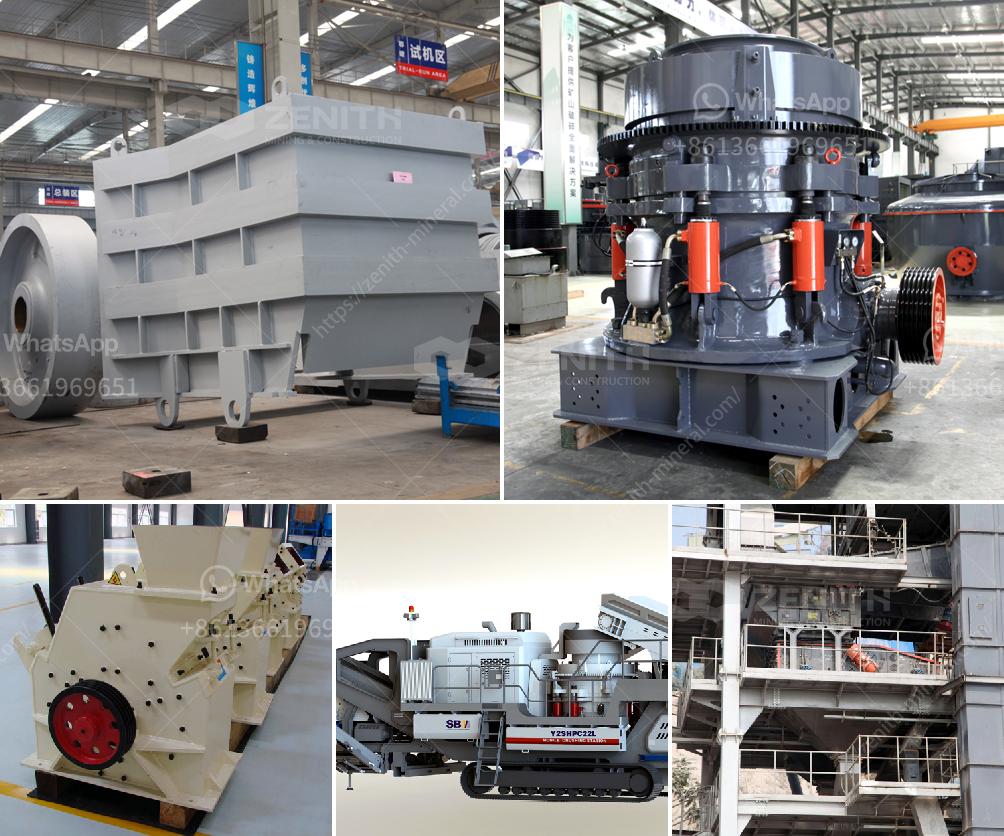Operating a hammer mill involves several steps to ensure efficient and safe use. Here is a guide to help you:
Safety First:
- Read the Manual: Always start by reading the manufacturer’s manual and safety instructions specific to your hammer mill model.
- Wear Protective Gear: Equip yourself with appropriate personal protective equipment (PPE), such as safety goggles, ear protection, gloves, and dust masks.
- Inspect the Machine: Before use, inspect the hammer mill for any signs of wear, damage, or missing parts. Ensure all guards are in place.
Operating Steps:
-
Prepare the Machine:
- Ensure the hammer mill is on a stable and level surface.
- Check that all fasteners are tight.
- Verify that the feeding mechanism is clear of obstructions.
-
Power On:
- Connect to a power source if the hammer mill is electrically operated. If it’s motor-driven, ensure the motor is in good working condition.
- Turn on the main power switch.
-
Set the Parameters:
- Adjust the settings for particle size and capacity as per your requirement. This usually involves setting the speed of the rotor and adjusting the hammer clearance.
-
Feed Material:
- Start feeding the material into the feed chute. Use a consistent flow rate to avoid overloading.
- Monitor the output and adjust feed rate and machine settings as necessary.
-
Operational Monitoring:
- Continuously monitor the operation for unusual noises, vibrations, or blockages.
- Check the processed material to ensure it meets the desired specifications.
Post-Operation:
-
Power Down:
- Once processing is complete, turn off the machine and disconnect it from the power source.
-
Clean and Inspect:
- Clean the hammer mill thoroughly to prevent buildup of residues.
- Inspect it for any damage or wear that needs attention.
-
Maintenance:
- Regularly check and replace hammers, screens, and other wear parts as necessary.
- Lubricate moving parts according to the manufacturer’s recommendations.
Troubleshooting Tips:
- Noise/Vibration: Check for loose components or wear on the hammers and screens.
- Poor Grinding: Ensure the feed rate is appropriate and that the hammers are in good condition.
- Blockages: Stop the machine, clear the obstruction safely, and double-check the feed material size and moisture content.
Always follow your specific model's manual and guidelines for detailed instructions and maintenance schedules. This will ensure the longevity and efficiency of your hammer mill.


